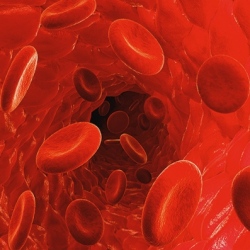
Using an approach that merges engineering and medicine, Yale University researchers are mapping the habits of cancer cells, determining which cues cause cancer cells to disperse and metastasize, how these cues are combined with other cues directing the invasion, and which cues hold sway when there are conflicting orders.
“This is a very complex set of interactions and processes,” said Andre Levchenko, a Yale systems biologist and biomedical engineer, and director of the Yale Systems Biology Institute. “The systems biology approach acknowledges that complexity by analyzing how cancer cells migrate together and separately in response to complex cues.”
In a study published April 8 in the journal Nature Communications, Levchenko and his colleagues describe the intricate ways breast cancer cells respond to chemical cues in the human body. The idea is to determine which cues cause cancer cells to disperse and metastasize, how these cues are combined with other cues directing the invasion, and which cues hold sway when there are conflicting orders.
Until now, little has been known about how cells decide when and where to turn while traveling through the complex tissues. These cells often encounter contradictory directional cues, begging the questions: Which cues are stronger, and in what situations?
In this study, researchers focused on several cues. One is a protein called Epidermal Growth Factor (EGF), which acts as a strong, directional guidance signal to individual cancer cells. Another cue mediates a poorly understood phenomenon called “contact inhibition of locomotion” (CIL), in which cells act almost like bumper cars, stopping their forward motion on contact and moving away from each other.
